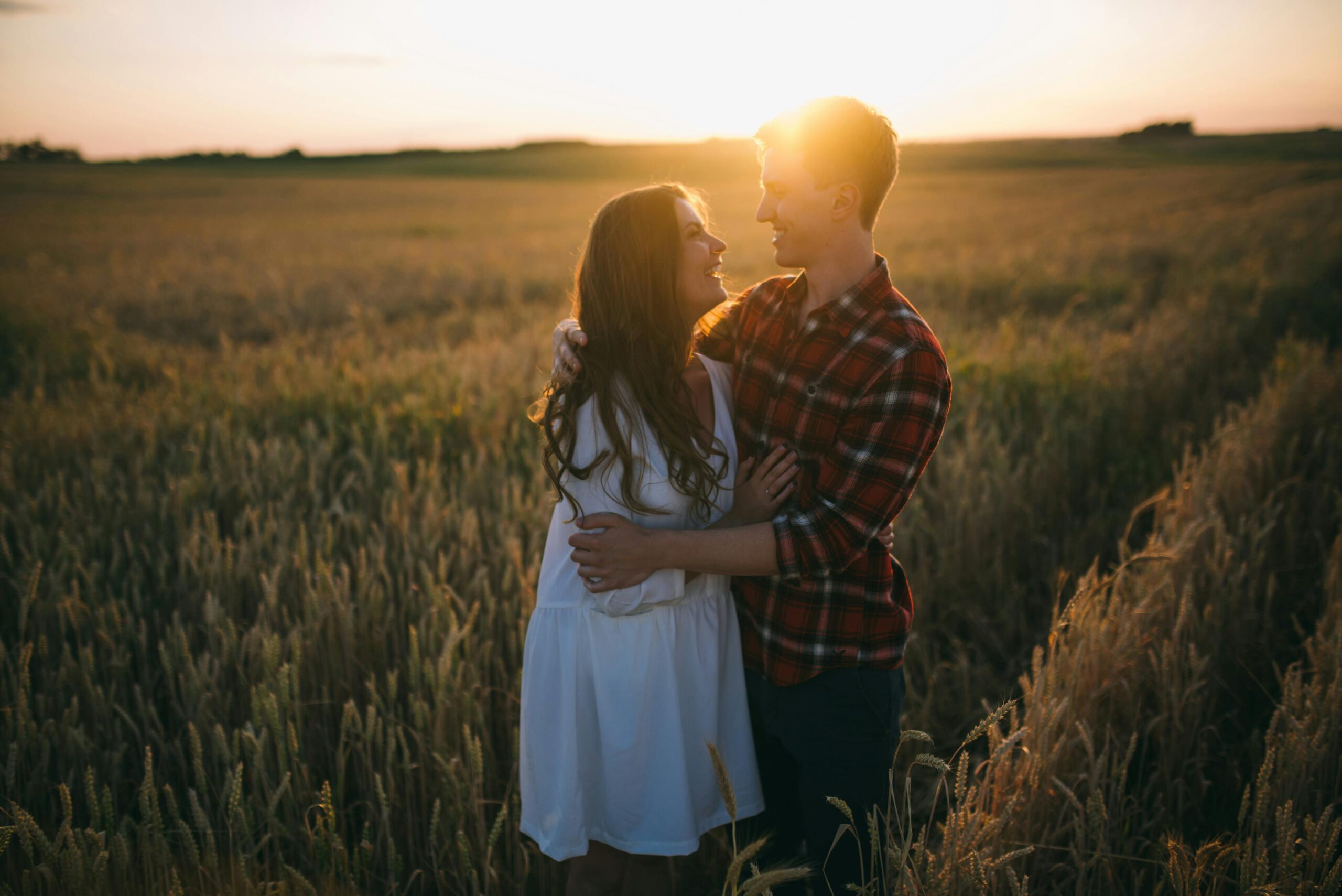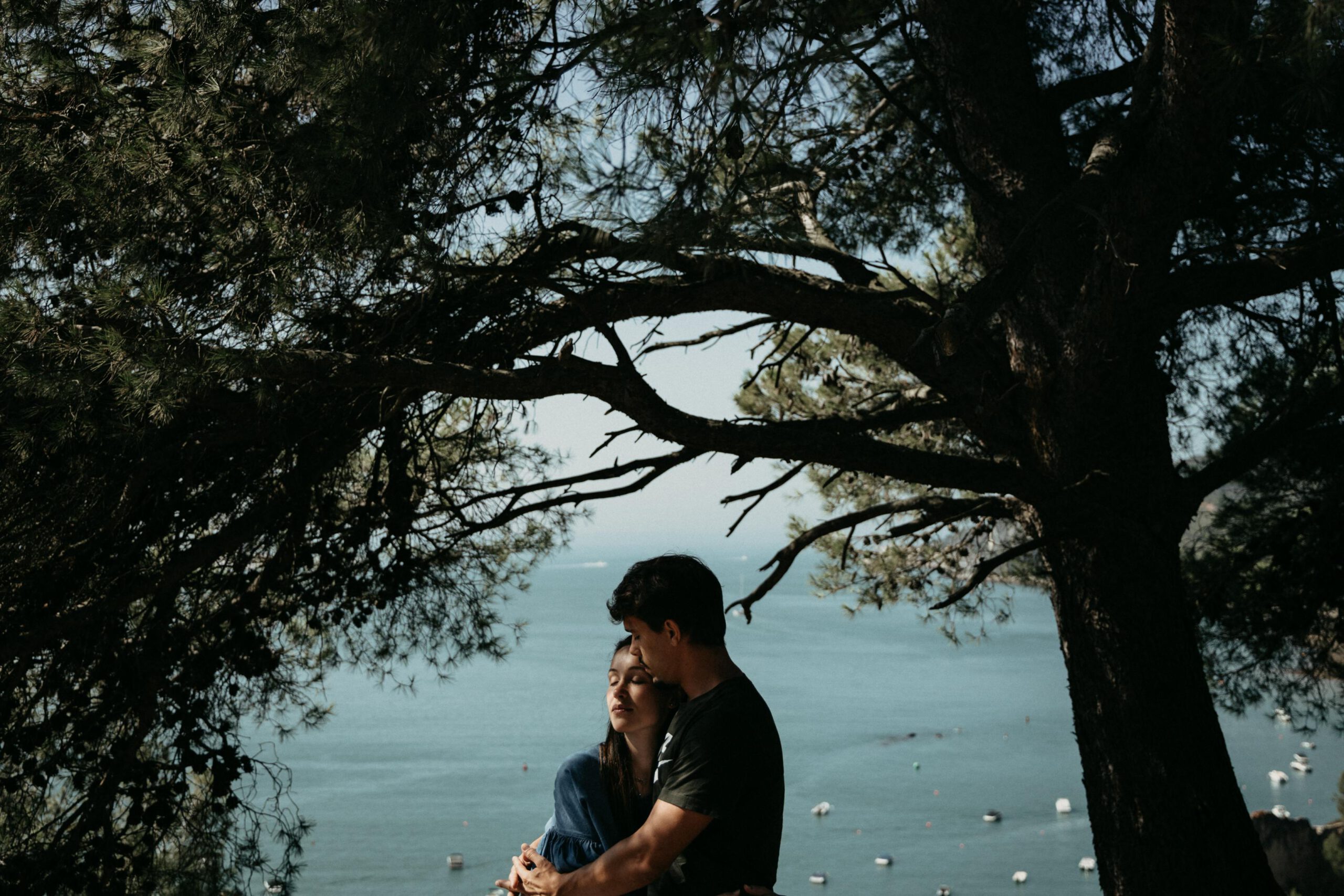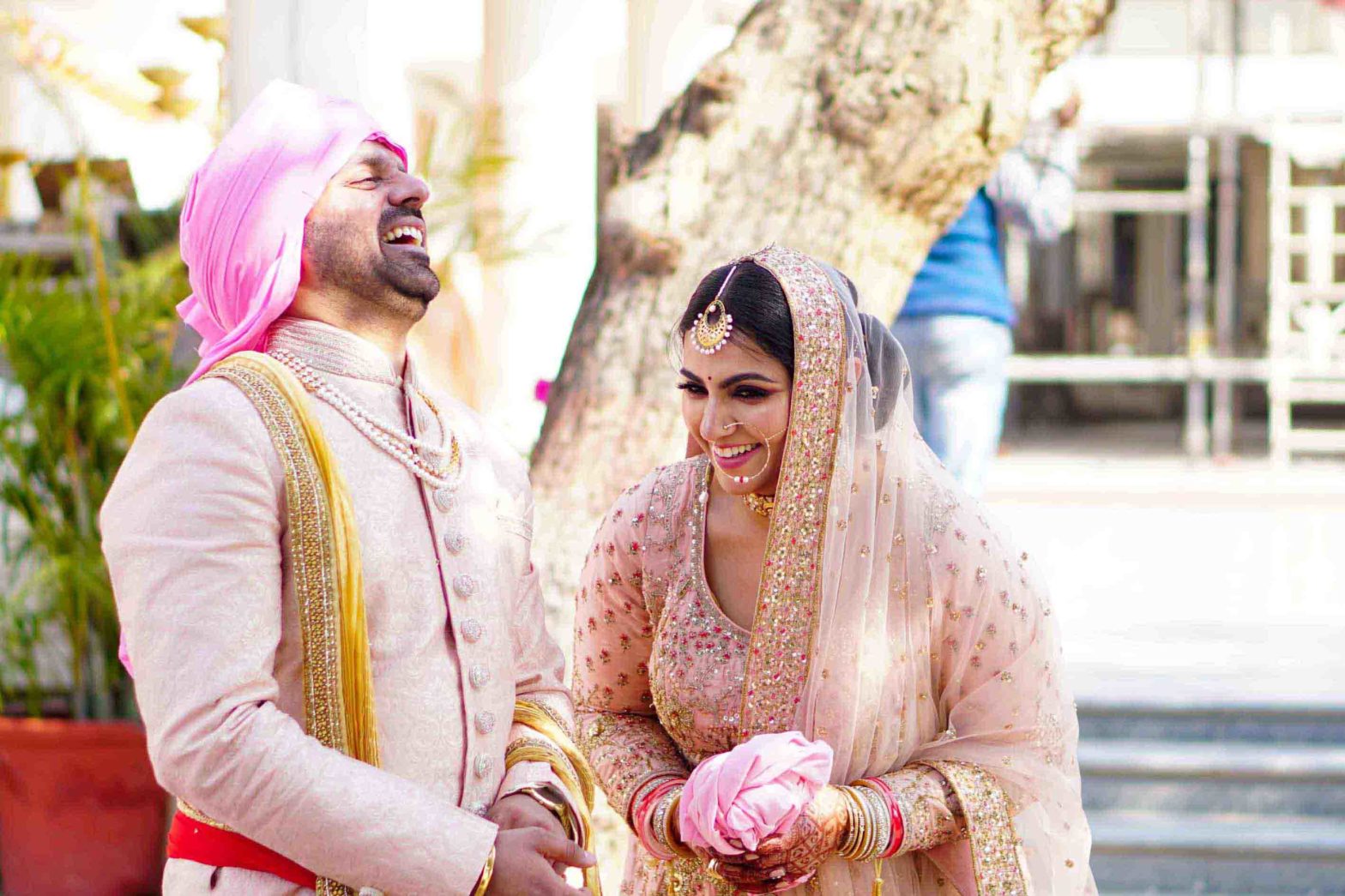Planning a wedding involves countless decisions, from the venue and the dress to the flowers and the music. Among these choices, one of the most crucial yet often overlooked aspects is finding the best natural light for your wedding photos.
Beautiful, well-lit photos are timeless keepsakes that capture the essence of your special day. Here are some tips to help you find the best natural light for your wedding photos.
Understanding Natural Light
Before diving into specific tips, it’s important to understand the basics of natural light. Natural light varies throughout the day, and its quality and direction can significantly impact your photos.
- Golden Hour: The hour after sunrise and the hour before sunset are known as the golden hours. During this time, the light is soft, warm, and diffused, creating a magical, romantic glow.
- Blue Hour: The period just before sunrise and just after sunset. The light is cool and soft, providing a dreamy, ethereal quality to photos.
- Midday Light: The light around noon is harsh and direct, creating strong shadows and highlights. It’s typically the least desirable time for photos.
- Open Shade: This is the shade created by large objects (like buildings or trees) that still allow a lot of ambient light. Open shade provides soft, even lighting without harsh shadows.
Tips for Finding the Best Natural Light

Scout Your Venue
Visit your wedding venue at different times of the day to see how the light changes. Take note of locations that receive the best light during the golden hours. Look for open spaces with plenty of natural light, such as gardens, courtyards, or rooms with large windows.
Plan Around the Golden Hour
Schedule your ceremony and photo sessions to coincide with the golden hours. An evening ceremony can lead directly into a golden hour photo session, ensuring you capture the best light of the day. Discuss with your photographer the best times for your portrait sessions to take advantage of the golden hour.
Use Reflectors and Diffusers
Reflectors can bounce natural light onto your subjects, filling in shadows and adding a beautiful glow. They are especially useful during the midday when the light is harsh. Diffusers can soften direct sunlight, creating a more flattering light for portraits. Large pieces of white fabric or professional diffusers can be used effectively.
Seek Open Shade
If the golden hour isn’t an option, find locations with open shade. This type of lighting is softer and more even, reducing harsh shadows and squinting. Look for shaded areas under trees, arches, or buildings. Ensure there’s still plenty of ambient light filtering in.
Use Backlighting for a Magical Effect
Position the sun behind your subjects to create a backlit effect. This technique can produce a beautiful halo of light around your subjects, adding a dreamy quality to your photos. Be mindful of lens flare, which can be both a creative element and a distraction. Work with your photographer to manage it effectively.
Consider Indoor Lighting
For indoor photos, choose rooms with large windows that allow plenty of natural light to flood in. South-facing windows usually offer the best light throughout the day. Avoid rooms with mixed lighting (natural and artificial) as it can create color balance issues. Turn off artificial lights if possible.
Weather Considerations
Overcast days provide soft, diffused light that is perfect for photos. The clouds act as a natural diffuser, eliminating harsh shadows. If rain is in the forecast, have a backup plan for sheltered locations with good natural light. Covered porches or gazebos can serve as excellent alternatives.
Test Shots
Have a pre-wedding photo session to test various locations and lighting conditions. This will give you and your photographer a good idea of the best spots and times for your wedding day. Use these test shots to plan your timeline and ensure you make the most of the best lighting.
How to Shoot Wedding Photos in Direct Light

Photographing wedding photos in harsh light, such as the midday sun, can be challenging but manageable with the right techniques. Here are some tips to help you capture beautiful images even under strong, direct sunlight:
- Seek Shade: Find shaded areas such as under trees, buildings, or canopies. Open shade provides softer, even lighting and reduces harsh shadows on your subjects.
- Use Reflectors: Reflectors can bounce light into shadowed areas, filling in harsh shadows and creating a more balanced exposure. Silver reflectors are especially useful for adding brightness.
- Backlighting: Position the sun behind your subjects to create a backlit effect. This technique prevents squinting and harsh facial shadows while producing a beautiful halo of light.
- Diffusers: Use diffusers to soften the harsh sunlight. A large white sheet or professional diffuser can create even, flattering light on your subjects.
- Optimal Camera Settings: Use a lower ISO to reduce noise and a higher shutter speed to control exposure. Spot metering can help expose your subjects’ faces, ensuring they are correctly lit.
- Creative Angles: Shoot from various angles to find the most flattering light and avoid direct sunlight hitting your lens. Lens hoods can also reduce unwanted lens flare.
By employing these techniques, you can achieve stunning wedding photos even in harsh lighting conditions.
Practical Examples and Tips
Morning Wedding
A morning wedding offers a fresh, bright atmosphere but requires careful consideration of the lighting.
- Ceremony Location: Choose a location that faces east to take advantage of the soft morning light. Ensure the area is shaded to avoid harsh direct sunlight.
- Portraits: Schedule portraits immediately after the ceremony. Look for shaded areas with ambient light or use reflectors to bounce light onto your subjects.
Afternoon Wedding
Afternoon weddings need strategic planning to avoid the harsh midday sun.
- Ceremony Location: Select a venue with ample shade or consider an indoor ceremony with large windows for natural light.
- Portraits: Plan the bulk of your portraits for the late afternoon, closer to the golden hour. Utilize open shade and reflectors to manage the light.
Evening Wedding
An evening wedding aligns perfectly with the golden hour, offering ideal lighting conditions.
- Ceremony Location: An outdoor venue facing west can capture the setting sun, providing beautiful backlighting for your ceremony.
- Portraits: Schedule portraits during the golden hour for the most flattering light. Capture some shots just after sunset during the blue hour for a soft, romantic feel.
Working with Your Photographer
Your photographer is your best resource for finding and utilizing natural light. Here’s how to collaborate effectively:
- Share Your Vision: Communicate your preferences and any specific ideas you have for your photos. Provide examples or a mood board to ensure you’re on the same page.
- Trust Their Expertise: Professional photographers have extensive experience with various lighting conditions. Trust their judgment on the best times and locations for photos.
- Be Flexible: Weather and unforeseen circumstances can affect lighting. Be prepared to adjust your timeline or photo locations based on your photographer’s recommendations.
Additional Tips
- Use Natural Elements: Incorporate natural elements like trees, flowers, and water into your photos. They not only enhance the composition but also interact beautifully with natural light.
- Mind the Background: A well-lit subject can be overshadowed by a cluttered background. Choose locations with clean, simple backgrounds that complement the lighting.
- Stay Relaxed: Natural light can be unpredictable, but staying relaxed and enjoying the moment will reflect positively in your photos. Your genuine emotions are the most important aspect of your wedding photos.
Conclusion
Finding the best natural light for your wedding photos involves planning, scouting, and collaboration with your photographer. By understanding the different types of natural light and how to use them effectively, you can ensure your wedding photos are stunning, timeless, and perfectly lit. Remember to enjoy your special day, as your joy and love will shine through in every photograph.

